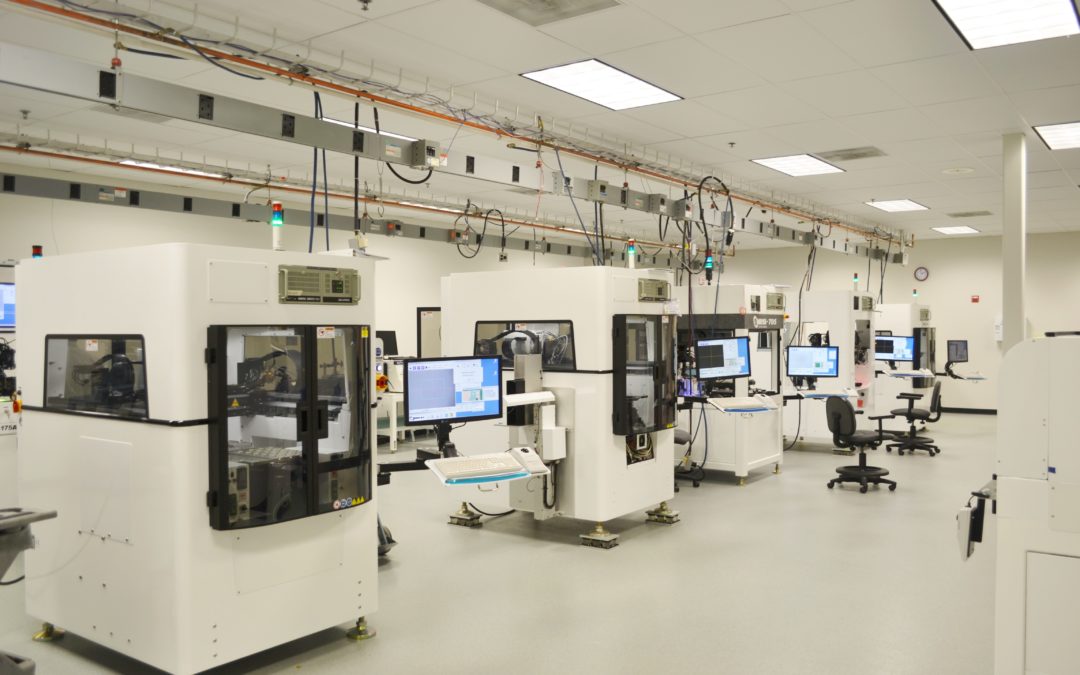Challenge
The demand for data and bandwidth continues to expand, resulting in the requirement for high volume manufacturing of photonics devices at unprecedented levels. This expansion, with double-digit growth rates, is driven by data consumption from cloud computing, web and mobile based applications and storage requirements of hyperscale data centers.
This increased demand level results in pressure for lower cost manufacturing and fast time to market. The trend of increasing labor costs in popular manufacturing bases necessitates the use of automation, to achieve higher manufacturing output at acceptable costs. In addition, the higher precision equipment required for advanced packaging with higher density, demands automation because manual and semi-automatic processes are much less effective both from a cost and a quality perspective.
These were the challenges facing a leading component manufacturer who required a solution to meet their customer’ significant increased demand.
These challenges were highlighted recently at OFC 2017 by the keynote speaker. Google Vice President Urs Holzle, laid out what optical technologies must do to keep pace with data center demand–reduce costs by 2x, while enhancing system bandwidth by at least 10x. Holzle noted a 50x increase in bandwidth requirements that has taken place over the last six years. Given that growth, an increase in system bandwidth of 10x or more over the next few years is needed to manage the volume of traffic from the global data network.
Solution
The solution chosen was an application specific die bonder specialized for high volume manufacturing of photonic components which was able to deliver fast speeds (high speed) and high accuracy, while maintaining flexibility to address the various component types.
MRSI Systems was awarded a contract to supply multiple MRSI-M3, 3 Micron die bonders to form an integral part of the production process. The reasons behind this decision included:
- The MRSI-M3, 3 micron epoxy and eutectic die bonder, is ideally suited for dedicated high volume production requirements, yet flexible enough for small lot production. The systems’ key features include a large configurable work area, delicate force control, advanced machine vision, programmable multi-color lighting and automatic tool changing.
- The MRSI-M3 is ideally suited to meet the specific needs of photonic packaging. The system at this leading photonic component manufacturer is configured with waffle pack, Gel-Pak® and wafer inputs, automatic material handling, eutectic die bonding, epoxy dispensing and stamping and UV curing capability. This provides the flexibility to produce a wide range of optical components including chip-on-submount and Gold box packages.
- Scalability was another key factor. MRSI was able to provide quick delivery of their standard MRSI-M3, 3 micron die bonder, combined with local application and service support with a team of engineers with an optical manufacturing background.
Results
The dynamic photonic component market requires the capability to scale quickly when higher volume is demanded. This leading photonic component manufacturer was able to scale quickly with the MRSI-M3, 3 micron die bonder. Meeting schedule, cost, and quality expectations demands, resulted in increased business for this leading photonic component manufacturer.

